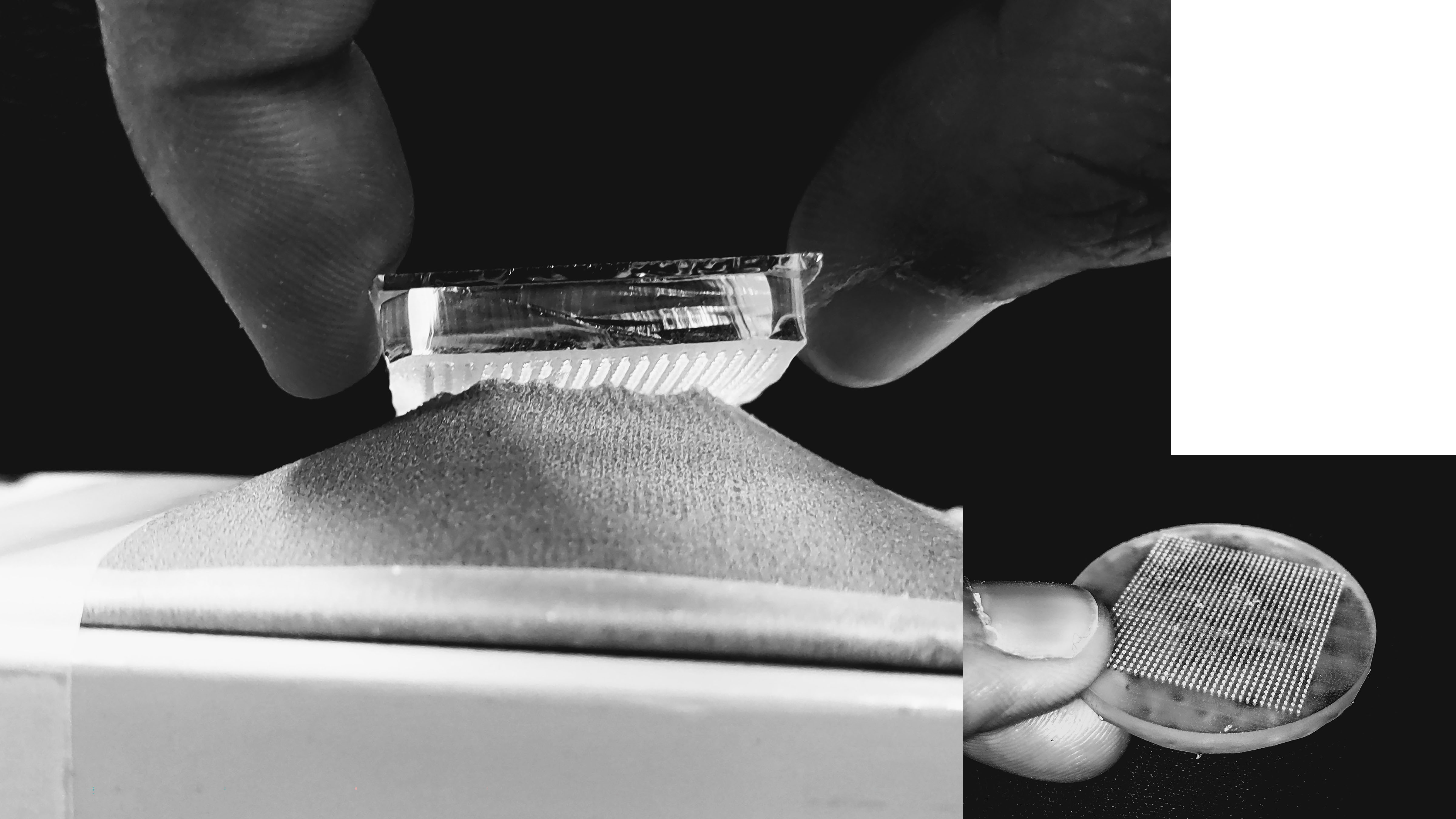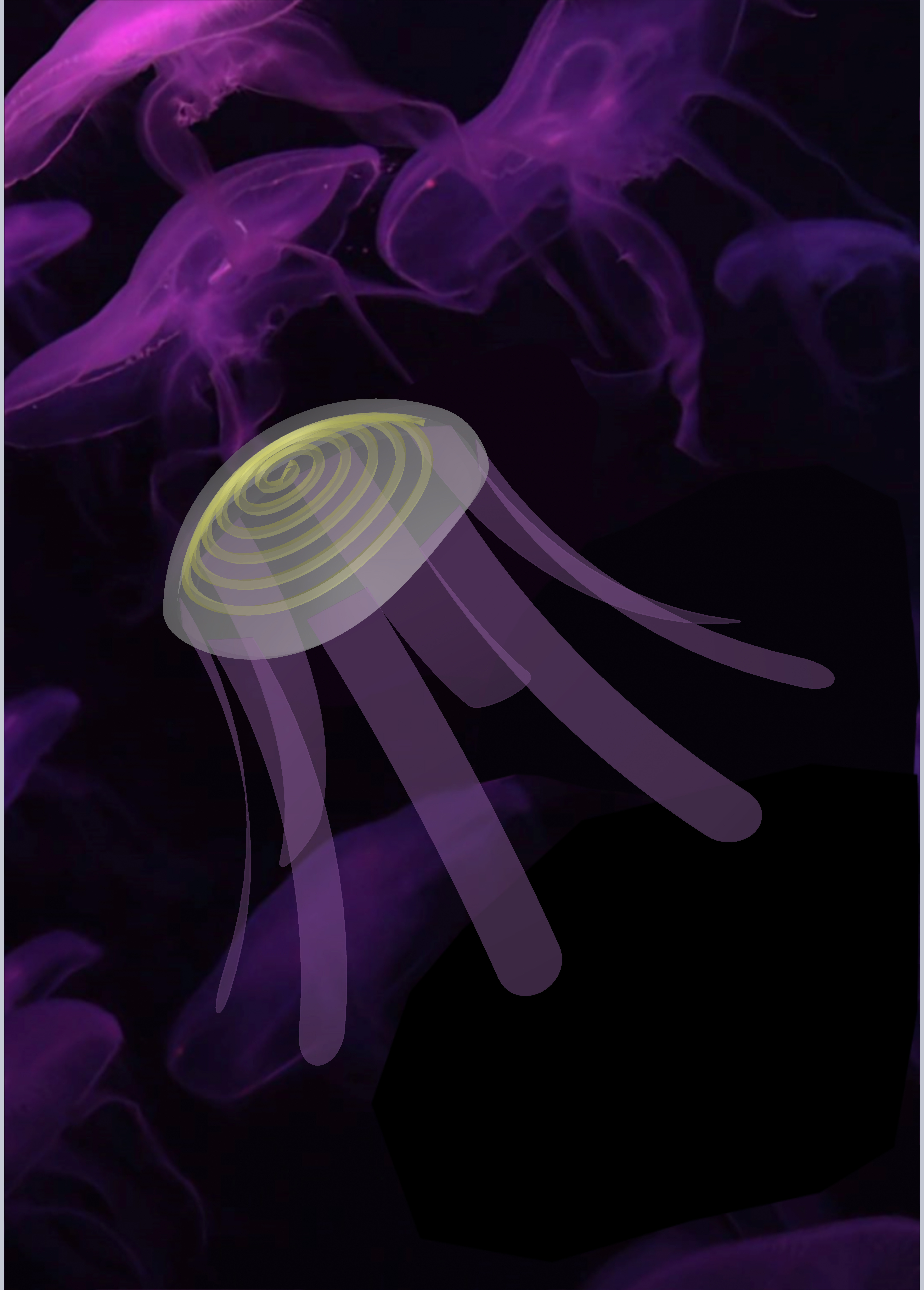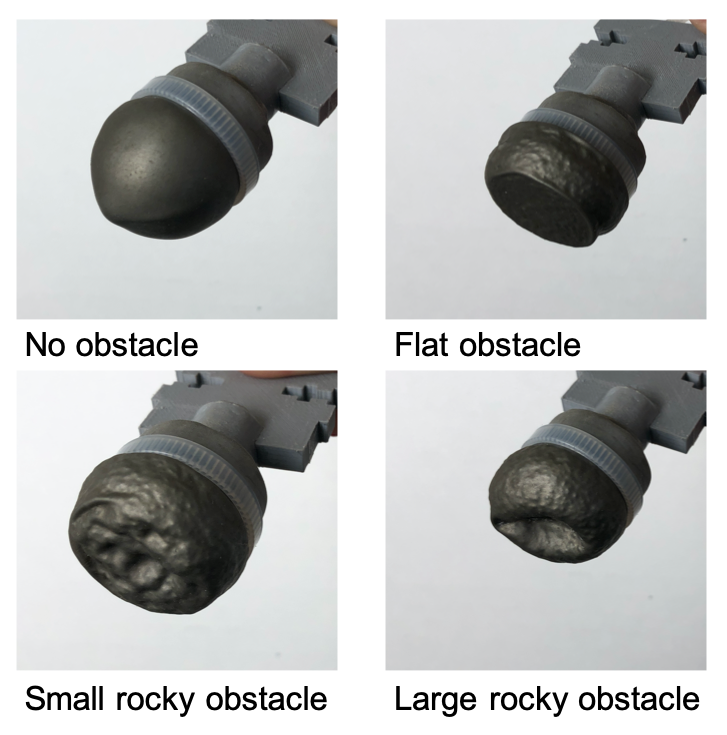Researchers at Lawrence Livermore National Laboratory have furthered a new type of soft material that can change shape in response to light, a discovery that could advance “soft machines” for a variety of fields, from robotics to medicine.
Tag: soft robotics
How Ancient Sea Creatures can Inform Soft Robotics
Soft robotics is the study of creating robots from soft materials, which has the advantage of flexibility and safety in human interactions. These robots are well-suited for applications ranging from medical devices to enhancing efficiency in various tasks.
3D-printed pneumatic modules replace electric controls in soft robots
In the future, soft robots will be able to perform tasks that cannot be done by conventional robots.
Plant-based isn’t just about burgers anymore
Plant-based materials give life to tiny soft robots that can potentially conduct medical procedures
Enhancing stretchable electronics: NUS researchers develop novel liquid metal circuits for flexible, self-healing wearables
Imagine a stretchable and durable sensor patch for monitoring the rehabilitation of patients with elbow or knee injuries, or an unbreakable and reliable wearable device that measures a runner’s cardiac activities during training to prevent life-threatening injuries.
University of Delaware’s Laure Kayser named 2023 Beckman Young Investigator
The award will support Kayser’s research on engineering devices for assistive soft robotics and tactile displays.
New ferroelectric material could give robots muscles
New ferroelectric material could give robots muscles actuation of ferroelectric polymers driven by Joule heating.
Researchers develop soft robot that shifts from land to sea with ease
Most animals can quickly transition from walking to jumping to crawling to swimming if needed without reconfiguring or making major adjustments.
What Physicists Can Learn from Shark Intestines
ROCKVILLE, MD – In 1920, inventor Nikola Tesla patented a type of pipe that he called a “valvular conduit,” which was built to draw fluid in one direction without any moving parts or added energy, and has applications ranging from soft robotics to medical implants. In 2021, scientists discovered that sharks’ spiral-shaped intestines work much the same way, favoring fluid flow in one direction—from head to pelvis.
A life-inspired system dynamically adjusts to its environment
The system regulates its own temperature in response to environmental disturbances
Scared of Injections? Try a Wearable Soft Robot to Ease Aversion to Needles
While most of us are never without our smartphones, robots may also soon become indispensable companions.
Responsive Soft Robots Inspired by Sputtering Ketchup Bottle
A smartly designed pressure valve allows soft robots to respond to their environment without the need for computer control, reveal AMOLF researchers in their article in the journal Matter.
High-energy shape memory polymer could someday help robots flex their muscles
Researchers reporting in ACS Central Science have developed a shape memory polymer that stores almost six times more energy than previous versions.
These geckos crash-land on rainforest trees but don’t fall, thanks to their tails
A gecko’s tail is a wondrous and versatile thing.

Fastener with Microscopic Mushroom Design Holds Promise
A Velcro-like fastener with a microscopic design that looks like tiny mushrooms could mean advances for everyday consumers and scientific fields. Currently available fasteners are called hook and loop fasteners and require harder, stiff material. In Biointerphases, researchers describe a design that can use softer materials and still be strong enough to work. The team believes a 3D mushroom design can be made with softer, more flexible materials and provide sufficient interlocking force on the fabric and hold strong.

3D-Printed Smart Gel Changes Shape When Exposed to Light
Inspired by the color-changing skin of cuttlefish, octopuses and squids, Rutgers engineers have created a 3D-printed smart gel that changes shape when exposed to light, becomes “artificial muscle” and may lead to new military camouflage, soft robotics and flexible displays. The engineers also developed a 3D-printed stretchy material that can reveal colors when light changes, according to their study in the journal ACS Applied Materials & Interfaces.

Jellyfish-Inspired Soft Robots Can Outswim Their Natural Counterparts
Engineering researchers have developed soft robots inspired by jellyfish that can outswim their real-life counterparts. More practically, the new jellyfish-bots highlight a technique that uses pre-stressed polymers to make soft robots more powerful.
Self-healing Artificial Electronic Skin Monitors Various Physical and Chemical Variables
A doctoral student at the Technion – Israel Institute of Technology has invented a soft polymer that is elastic and waterproof, and that knows how to heal itself in the event of an “injury,” such as a scratch, cut, or twist.

These flexible feet help robots walk faster
Roboticists at the University of California San Diego have developed flexible feet that can help robots walk up to 40 percent faster on uneven terrain such as pebbles and wood chips. The work has applications for search-and-rescue missions as well as space exploration.